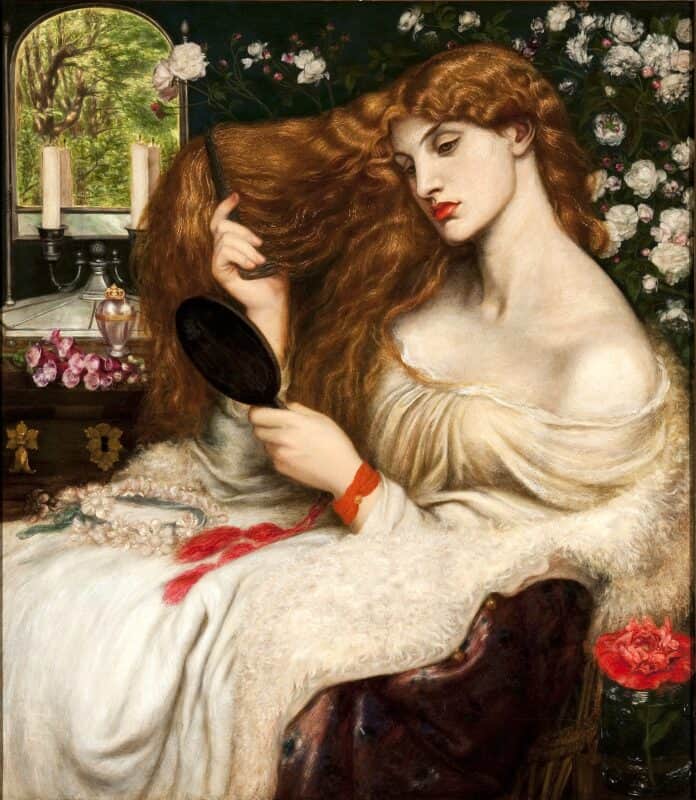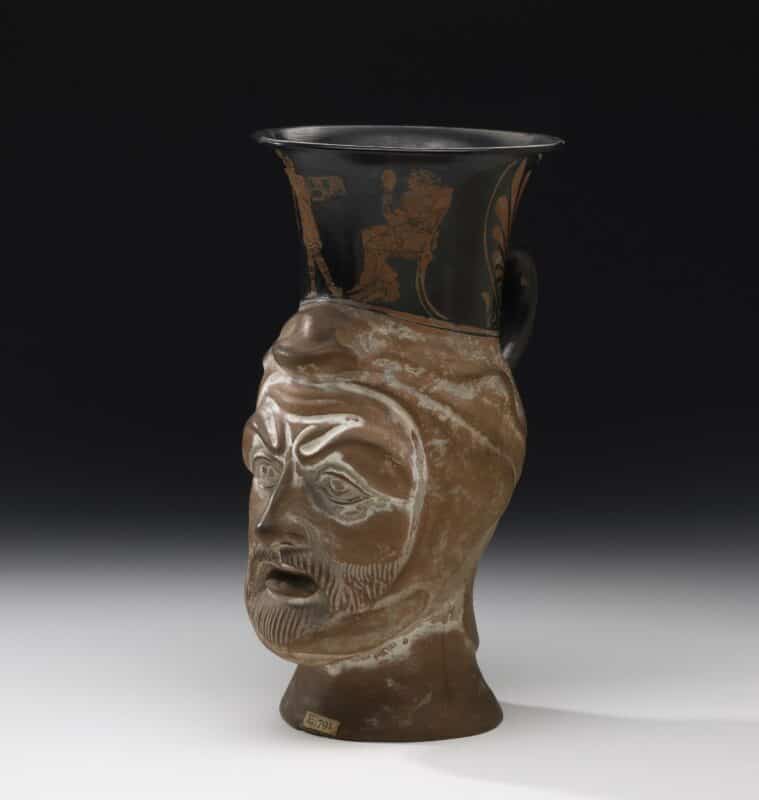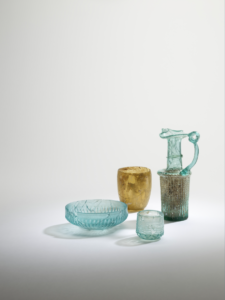A major exhibition exploring the relationship between luxury and power in the Middle East and southeast Europe between 550-30 BC, Luxury and power: Persia to Greece, is now open at the British Museum until 13th August 2023.

This exhibition delves into a period when the Persian empire of ancient Iran clashed with the cities of Greece, before Greece then Persia fell to the kingdom of Macedon, led by Philip II and his son Alexander III, known to history as “Alexander the Great”. Most ancient texts that describe these encounters were written by Greeks, and so we have traditionally looked upon Persia through the eyes of its adversaries. When explaining their victories over the Persians – who ruled the largest empire the world had seen – many Greek writers described a “barbarian” east weakened by decadence and luxurious excess, contrasting this with Greek ideals of plain living and self-discipline.
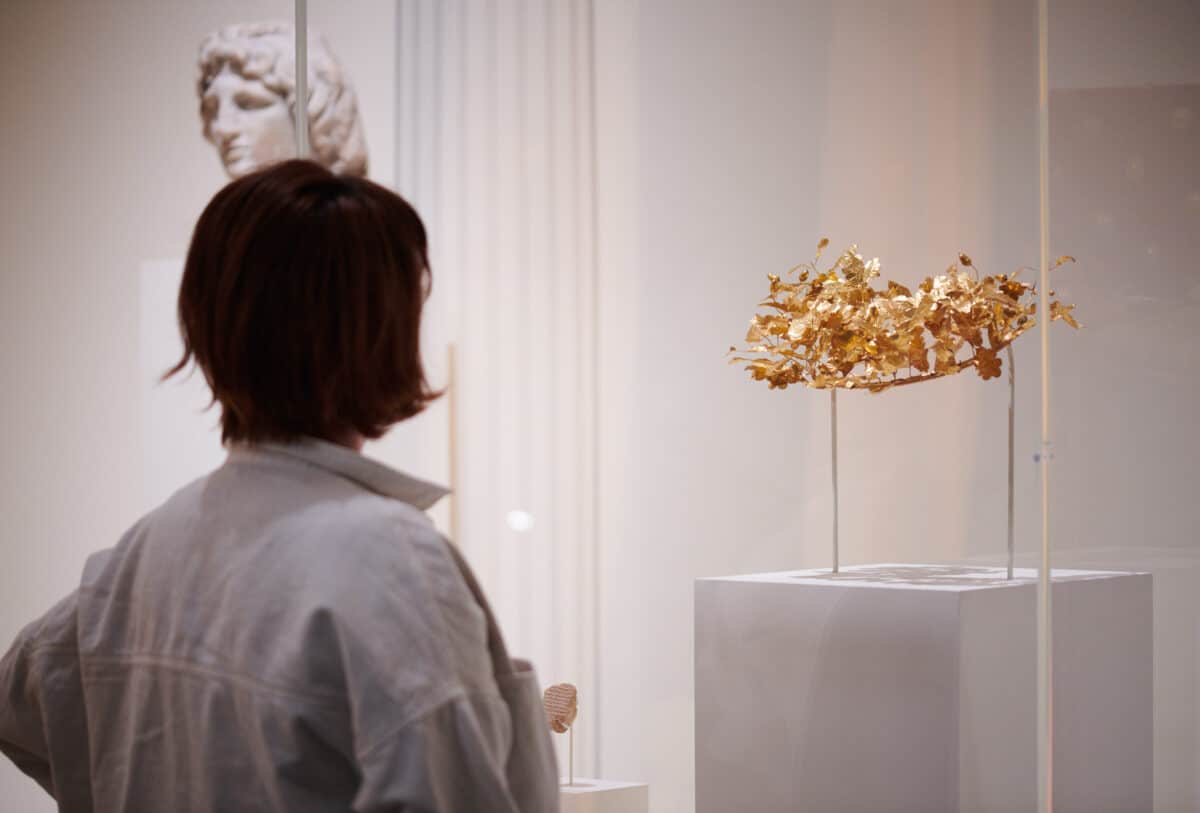

Luxury and power: Persia to Greece moves beyond these historical biases by using objects to explore a more complex story of luxury and power from Central Asia to the Balkans. It explores how the royal Persian court used prestigious objects as markers of authority, defining a distinct style of luxury that was copied by different social classes throughout the empire. Although Athens rejected Persian luxury as decadent, its citizens adopted eastern styles in intriguing ways to make luxury acceptable within its early democratic system. When Alexander conquered the Persian east, he blended Greek, Persian and local styles of luxury to help define a new style of rulership.

The exhibition features exquisite objects from Afghanistan to Italy. Among its exceptional loans is the extraordinary Panagyurishte Treasure from Bulgaria. Accidentally discovered by three brothers digging clay for bricks in 1949, these treasures are outstanding examples of ancient metalworking and demonstrate the influence of Persian and Greek luxury across the Balkans. The treasure consists of nine richly decorated gold vessels: eight rhyta used to pour wine and one bowl to drink it. This is the first time the Treasure is in the UK since 1976, making this a once-in-a-generation opportunity to see it in-person.

The exhibition also features objects from the British Museum collection, bringing together astonishing artefacts of gold, silver and glass. A gilt silver rhyton shaped as a griffin is a remarkable example of Persian craft. Originally used as a wine-pourer, this drinking vessel reflects the opulence of the Persian court, bestowing prestige upon its user at a royal feast.
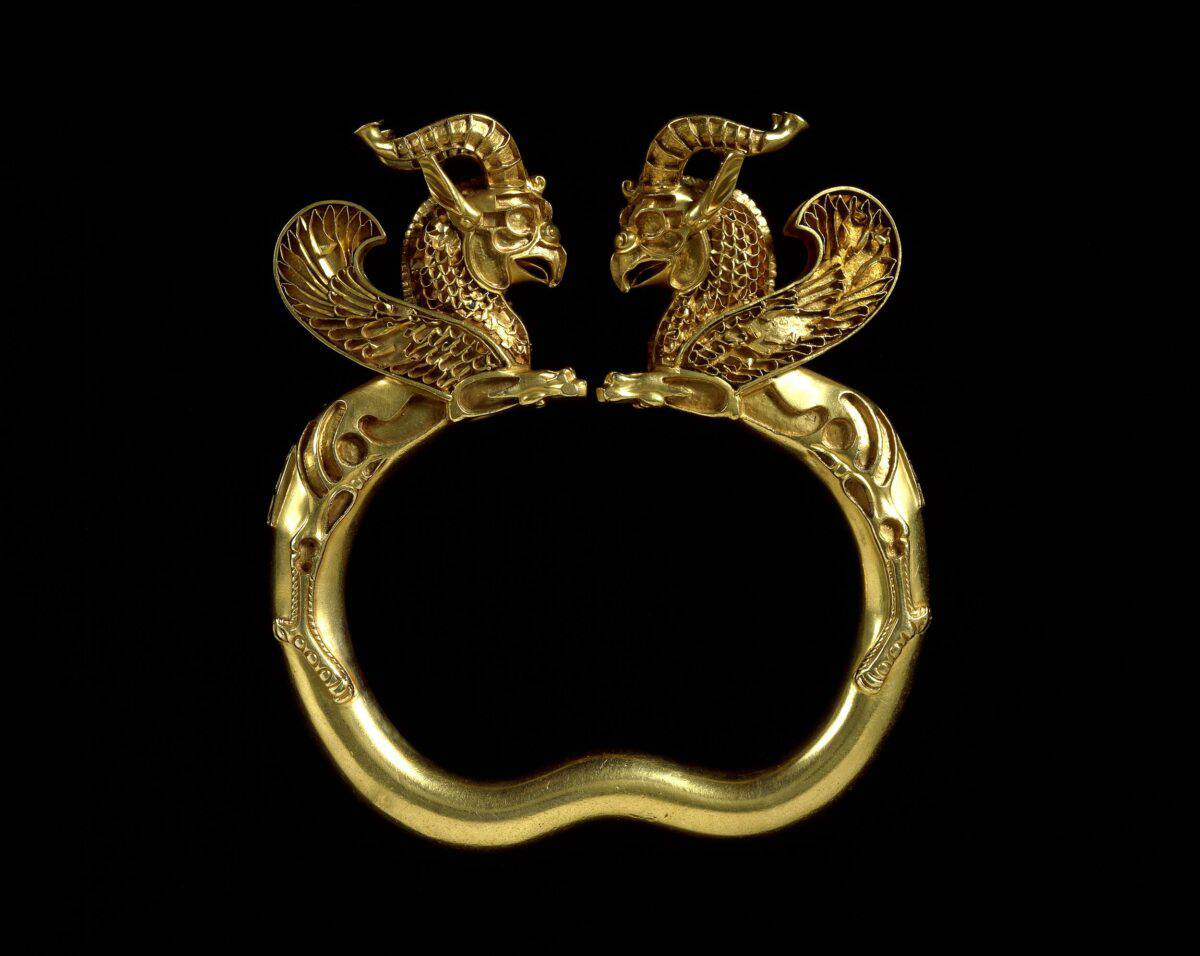
Although Athenian citizens rejected such objects as ostentatious, potters were influenced by the style and form of animal-headed vessels from the east. A pottery drinking mug crafted in the form of a lion’s head referenced the luxury of Persia but as an exotic novelty item that could be used at a Greek symposion drinking party.
A parasol was a supreme symbol of masculine authority in ancient Iran. A relief sculpture from a tomb monument at Xanthos in western Turkey shows a local king shaded by a parasol to emulate royal Persian authority.
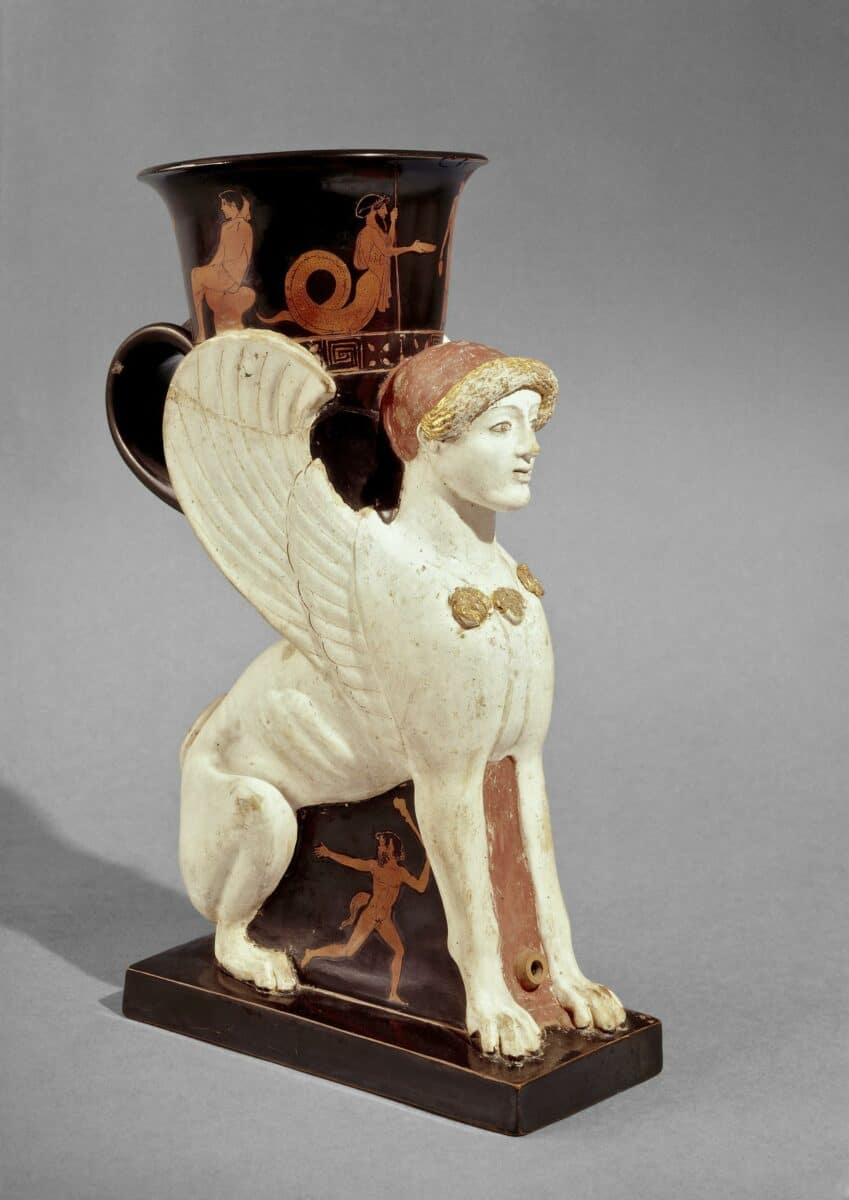
Although parasols were adopted in Athens as an eastern trend, they were only used by women, as shown on a scene on a water jug. As women had no political status in Athens’ early democracy, parasols as feminine items were neutered of their political force.
Also from the Museum’s collection is a gold wreath from Turkey, similar to those found in elite tombs in the kingdom of Macedon. The gold oak wreath, consisting of two branches with a bee with two cicadas, showcases the spread of luxury across the region and how styles evolved into the period after the death of Alexander in 323 BC.
The story of luxury is far broader than the historical binaries of Persia and Greece. Rather, the Greek-Persian world was a network of hundreds of cultural groups. The diversity and reach of the British Museum’s collections, complemented by generous loans from our international exhibition partners, allow us to explore how styles of luxuries connected these cultures despite the political boundaries that divided them.
Hartwig Fischer, Director of the British Museum,
I would like to express my gratitude to our exhibition supporters the American Friends of the British Museum; BullionVault; Julie Fitzgerald and Stephen Fitzgerald; and Steven Larcombe and Sonya Leydecker. I’d also like to extend my thanks to all of our lenders, and especially the National History Museum in Sofia for the loan of the Panagyurishte treasure, and to the National History Museum of Armenia. Without their support, we would not be able to present such exhibitions, allowing visitors to discover and experience cultures from around the world.
Luxury and power: Persia to Greece runs until 13th August 2023 in the Joseph Hotung Great Court Gallery at the British Museum. britishmuseum.org/luxuryandpower


